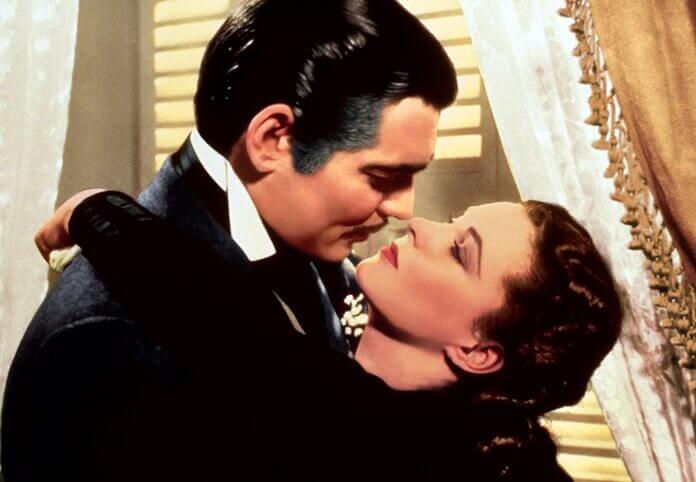
In 1939, dashing Clark Gable starred in the big blockbuster Gone with the Wind. The picture won eight Oscars out of its 12 nominations. As a reward, MGM signed a new seven-year contract with Gable.
Gone With the Wind was not really a true MGM production. After studio mogul Louis B. Mayer and associate Irving Thalberg passed on the film rights to the Margaret Mitchell novel in 1936, producer David O. Selznick purchased the book.
Selznick, who was married to Mayer’s daughter Irene, had already left his producing position at MGM in 1935 to set up his own production company. Almost no one in Hollywood thought Selznick would be able to handle such an epic film. He didn’t have the money and had to turn to his father-in-law, Louis B. Mayer, for a $1,250,000 loan. There was a catch to Mayer’s generosity. For loaning out MGM contract player Clark Gable to play Rhett Butler, Selznick had to allow MGM to release the picture under its banner, plus give the studio 50% of the profits. Being an independent producer with no money of his own, Selznick had no choice and accepted the offer.
Clark Gable fretted about playing one of the most popular literary characters of all time. He’s reported to have said, “There are going to be six million eyes on me, all daring me to fail.” Gable turned out to be perfect for the rugged hero.
For Scarlett O’Hara, fans wanted Paulette Goddard, Loretta Young, Joan Crawford, Joan Bennett, Bette Davis, Katharine Hepburn, Susan Hayward, or even showgirl Lucille Ball to test for the role! Relatively unknown British actress Vivien Leigh got the role and was faultless as Scarlett.
George Cukor was selected as director. A very talented man, he had earned a reputation for being overly attentive to female stars, directing all the ladies at MGM. Panic arose when Gable refused to work with Cukor, allegedly because he was gay, and had him replaced with his more masculine hunting buddy, Victor Fleming. Allegedly, Gable felt since Cukor had such a great reputation as a woman’s director, Vivien Leigh would be favored over him in their scenes together. However, Cukor got the upper hand anyway because he coached Leigh on the sly at night.
Gone With the Wind opened on December 15, 1939 in Atlanta, Georgia. Gable rose quickly in the Hollywood firmament. He became a star of the greatest magnitude, and Gone With the Wind made him the King of Hollywood.





